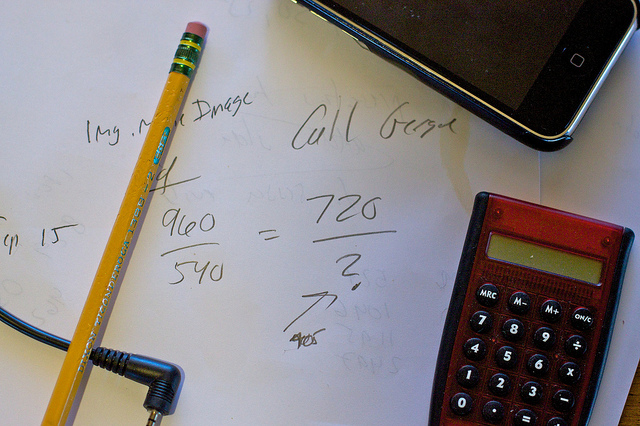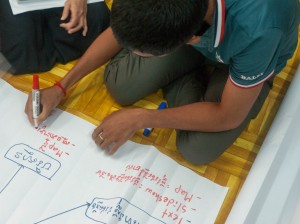How to – and how not to – report on sexual abuse

Photo: Davor Puklavec/Pixsell
As journalists, we always strive to tell the truth in an accurate manner and realize the words we choose affect the impression we leave on our readers, viewers or listeners. Being as fair and accurate as possible is particularly important when it comes to reporting on sexual abuse.
OnMedia’s Sean Sinico looks at responsible ways to report on rape and other forms of intimate partner violence and sexual abuse.
![]() read more
read more
Beeping horns and barking dogs: how to record audio in noisy places
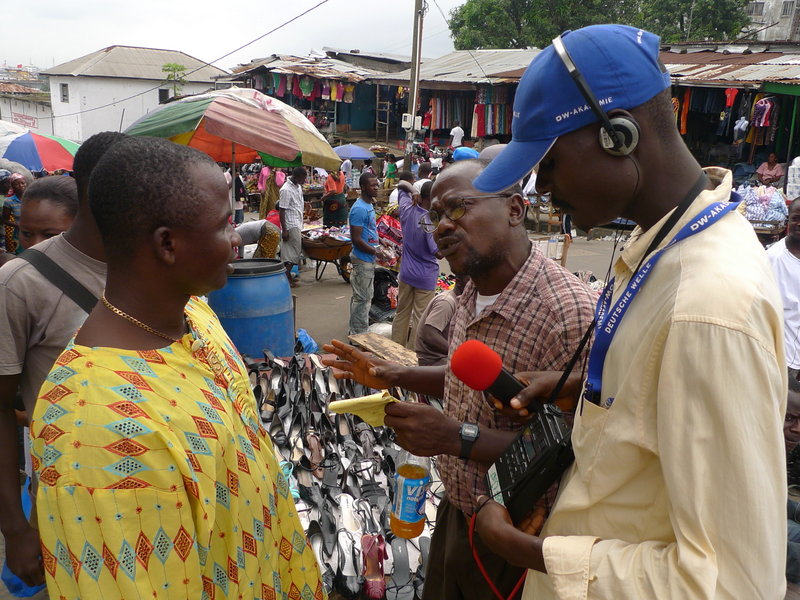
In some countries and cultures, it’s very hard to find or create quiet places to record interviews. The vibrant street life may be so noisy that it’s audible from inside buildings, or the extreme climate may cause sounds such as pelting rain or creaking roofs expanding in the sun.
Outside, everything from barking dogs to street hawkers and blaring music can mean it’s impossible to find a quiet corner. As a journalist, you’ll need to work around this – after all, it’s not possible to ask hundreds of motorists to stop tooting!
OnMedia’s Lesley Branagan has tips to help you get good clean audio that will edit up nicely, no matter what the situation.
![]() read more
read more
Math tips for numerically challenged journalists
For a lot of journalists, dealing with numbers and math can be a little scary. There’s a reason many reporters will say they went into journalism instead of finance or engineering. It’s a love of words and language.
But journalists need to have a grasp of the basics since working reporters deal with math pretty much every day. Numbers make up the foundation of many stories – the municipal project is over of under budget, the politician is some percentage up or down in the polls, violence rates this year are over or below the ten-year average. So there’s really no choice but to get your head around some fundamental math concepts.
onMedia’s Kyle James, for whom math can be a struggle, offers this quick summary of a few calculations you need to know to do your job well and where you can go online to get help when all those numbers just start swimming in your head.
![]() read more
read more
How to plan your multimedia story
An online multimedia story is a combination of video, text, photos, audio, graphics and interactive elements where each aspect complements the others. It allows a reporter to draw on the strength of each medium to tell a more compelling story.
But making a multimedia story really shine requires forethought and planning. Even before going out to report, journalists need to think about how they’re going to approach the story, when they’re going to use video, text, sound or photos, and then tie everything together to create a cohesive package. onMedia’s Kyle James has tips on doing the prep work to make sure your multimedia story is a success.
![]() read more
read more
How to improve your quotes and voice clips
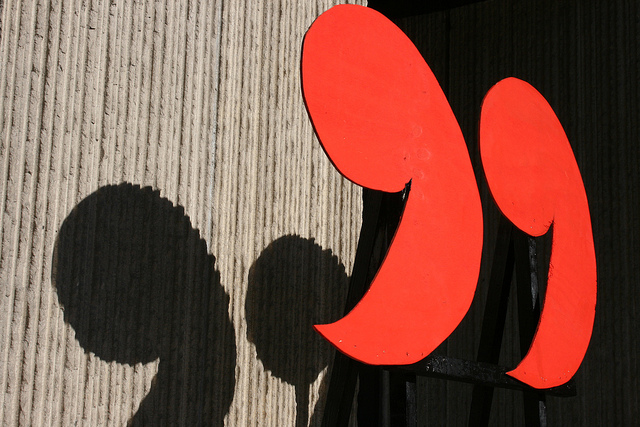
(photo: flickr/Quinn Dombrowski CC:BY-SA)
Almost every news or feature story – whether it’s for print, broadcast or online – benefits from having good quotes, voice clips or sound bites.
Quotes directly express the views of the people you talked to, lend credibility to your story, and liven up your writing. Quotes are like a spice that adds flavor and zest to your story. Without them, while your piece might well have a lot of informative facts, it can be pretty bland.
But figuring out exactly which bits to pull from your interviews and put in your story can be challenging even if you are an experienced reporter.
onMedia’s Kyle James has trained radio, print and online journalists in countries around the world for years. In this post, he offers a few guidelines on keeping an eye out for what’s quotable and what’s not.
![]() read more
read more
Photography tips for radio journalists
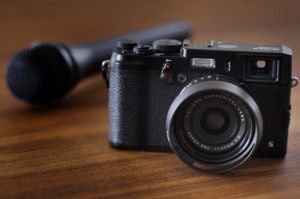 As a radio journalist you’re supposed to produce a story for the ears but your editor may also want you to produce an online version – a story for the eyes.
As a radio journalist you’re supposed to produce a story for the ears but your editor may also want you to produce an online version – a story for the eyes.
It’s a common scenario in newsrooms around the world as broadcast and online newsrooms merge. It means you need to quickly learn new visual storytelling skills in order to adapt your stories for online publication.
While you can find loads of online training resources to help you get started, basic camera skills are only going to take you so far. If you’re required to produce photographs that document the story you’re covering, say an editor is suggesting to bring back eight photographs for a story or picture gallery, then you also need to employ skills from photojournalism.
OnMedia’s Guy Degen offers some tips for radio journalists to help produce strong images for their stories.
![]() read more
read more
Tools and Apps for Journalists: iRig Recorder App
What is the iRig app?
These days, journalists with smart phones have a wide array of tools to use in their reporting. For those who need to record and send audio, the free iRig Recorder app for iOS and Android is worth checking out.
![]() read more
read more
What to wear reporting on camera
New TV journalists often wonder about the dos and don’ts of what to wear when reporting on camera. onMedia has compiled these tips from experienced DW TV reporters and news anchors Ben Fajzullin and Meggin Leigh.
DOS
Think about the background
The color of the background is important. You are going to disappear if you wear desert colors in a desert. Likewise, if you wear something dark at night, we will only see your head. In a studio, wearing green in front of a green screen or blue in front of a blue screen means your body disappears. By the way, red works better in front of a blue screen.
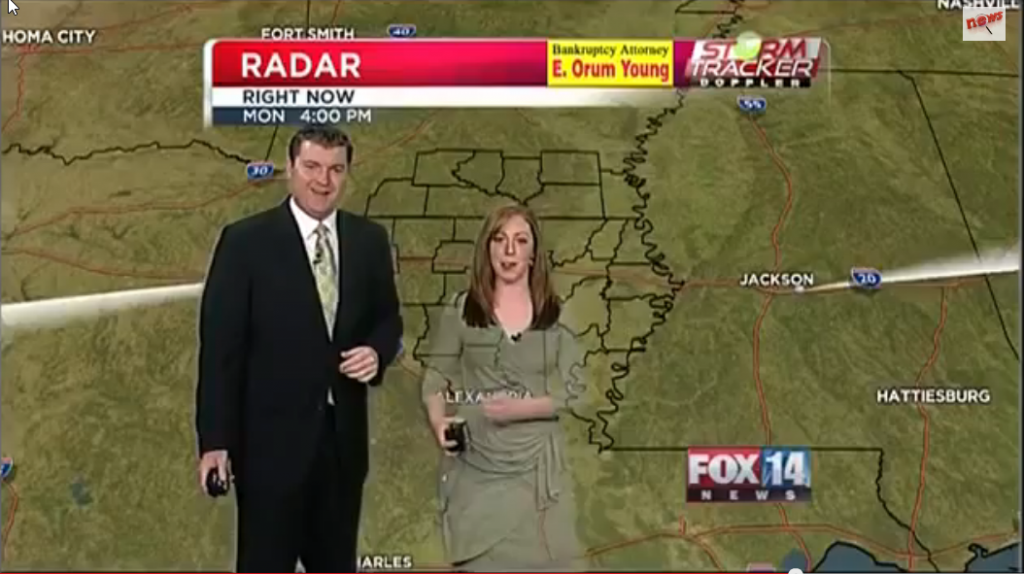
Notice how you can see the map behind the presenter through her clothes because she is wearing the same color as the screen behind her. You can watch the whole video here.
![]() read more
read more
Tips for journalists reporting on camera
 When journalists first get in front of the camera to report from the field, they’re usually so worried about what hand to hold the microphone in or whether they should use a notebook that they can’t concentrate on what they want to say. To help calm those nerves, onMedia asked DW TV journalist and news anchor Ben Fajzullin to share the basics of what’s important when reporting on camera.
When journalists first get in front of the camera to report from the field, they’re usually so worried about what hand to hold the microphone in or whether they should use a notebook that they can’t concentrate on what they want to say. To help calm those nerves, onMedia asked DW TV journalist and news anchor Ben Fajzullin to share the basics of what’s important when reporting on camera.
![]() read more
read more
Equipment checklist for radio and online journalists
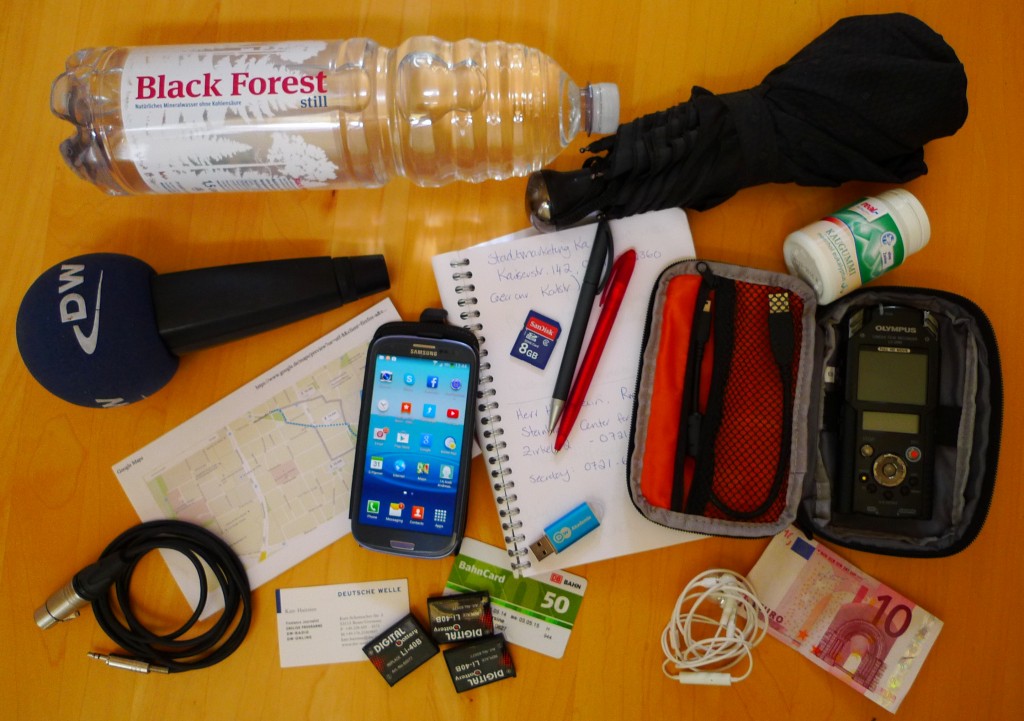 When you’re working as a news and current affairs reporter, you need to be fast. Sometimes I get a call asking for a story and literally leave the office at a run because the deadline is so tight. Because of this, I have an equipment checklist hanging next to my desk. That way, I don’t leave something behind and end up looking red-faced because of it.
When you’re working as a news and current affairs reporter, you need to be fast. Sometimes I get a call asking for a story and literally leave the office at a run because the deadline is so tight. Because of this, I have an equipment checklist hanging next to my desk. That way, I don’t leave something behind and end up looking red-faced because of it.
Believe me, in the past I’ve forgotten things such as my microphone cable or spare batteries. Running off to buy replacements in the middle of a story is not only totally unprofessional, if you are somewhere more isolated without a shop around, you’re in big trouble.
Check out the reporter’s checklist below, and if you want to print off a copy, here’s a PDF version of the Reporter’s equipment checklist.
![]() read more
read more




